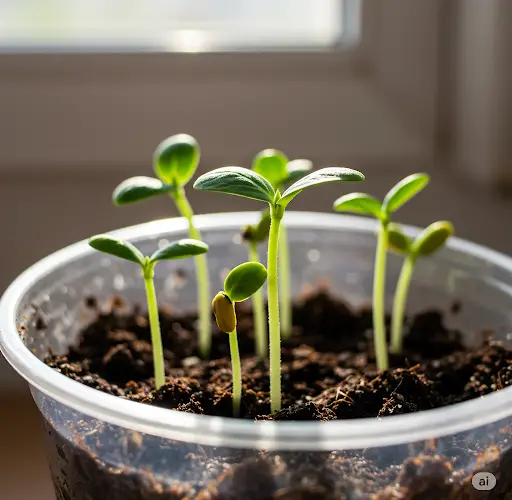Cucumbers are a popular and rewarding crop for gardeners, known for their rapid growth and high yields. To maximize your cucumber harvest and enjoy an early bounty, understanding and implementing effective fertilization strategies is key. This article delves into the best practices for fertilizing cucumbers to ensure vigorous growth and prolific fruiting.
Understanding Cucumber Nutrient Needs
Cucumbers thrive when provided with a balanced supply of nutrients throughout their growth stages. The primary nutrients essential for cucumber development include:
-
Nitrogen (N): Promotes leafy growth and overall plant vigor.
-
Phosphorus (P): Supports root development and flowering.
-
Potassium (K): Enhances fruit quality and disease resistance.
An optimal fertilization regimen considers the plant’s changing nutrient requirements from seedling to fruiting stages.
Pre-Planting Soil Preparation
Before planting cucumbers, it’s crucial to prepare the soil to create a nutrient-rich environment:
-
Incorporate Organic Matter: Mix well-rotted compost or aged manure into the soil to improve fertility and structure.
-
Soil Testing: Conduct a soil test to determine existing nutrient levels and pH, aiming for a slightly acidic to neutral pH (6.0–7.0).
This foundational preparation ensures that cucumber plants have access to essential nutrients from the outset.
Fertilization Schedule and Methods
Implementing a structured fertilization schedule supports continuous growth and fruit production:
-
At Planting:
-
Apply a balanced fertilizer (e.g., 10-10-10) at a rate recommended on the product label.
-
Alternatively, use organic options like composted manure or fish emulsion for a gentle nutrient supply.
-
-
Early Growth Stage (2–3 weeks after planting):
-
Side-dress with a nitrogen-rich fertilizer to encourage vegetative growth.
-
For organic gardening, consider using blood meal or a diluted compost tea.
-
-
Pre-Flowering Stage:
-
Transition to a fertilizer higher in phosphorus and potassium to support flowering and fruit set.
-
Bone meal and wood ash are organic sources rich in phosphorus and potassium, respectively.
-
-
Fruiting Stage:
-
Continue with phosphorus and potassium-rich fertilizers to sustain fruit development.
-
Apply fertilizers every 2–3 weeks, adjusting frequency based on plant response and soil fertility.
-
Application Tips:
-
Side-Dressing: Apply fertilizer in a band around the base of the plant, avoiding direct contact with stems to prevent burn.
-
Watering: Ensure consistent moisture to facilitate nutrient uptake, especially after fertilization.
-
Mulching: Use organic mulch to retain soil moisture and suppress weeds, enhancing nutrient availability.
Homemade Fertilizer Options
For gardeners interested in DIY solutions, several homemade fertilizers can effectively nourish cucumber plants:
-
Compost Tea: Steep mature compost in water for several days, then strain and apply the liquid to plants.
-
Banana Peel Fertilizer: Soak chopped banana peels in water for a few days to extract potassium-rich nutrients.
-
Epsom Salt Solution: Dissolve Epsom salt in water to provide magnesium, aiding in chlorophyll production and fruit development.
These natural alternatives offer a sustainable approach to fertilization, promoting healthy plant growth without synthetic chemicals.
Monitoring and Adjusting Fertilization
Regular observation of cucumber plants helps identify nutrient deficiencies or excesses:
-
Yellowing Leaves: May indicate nitrogen deficiency; consider applying a nitrogen-rich fertilizer.
-
Poor Flowering or Fruiting: Could result from inadequate phosphorus or potassium; adjust fertilizer accordingly.
-
Leaf Burn or Wilting: May signal over-fertilization; reduce fertilizer application and ensure proper watering.
By closely monitoring plant health, gardeners can fine-tune their fertilization practices to meet the specific needs of their cucumber crop.
Conclusion
Achieving an early and abundant cucumber harvest is attainable through strategic fertilization tailored to the plant’s growth stages. By preparing the soil adequately, following a consistent fertilization schedule, and utilizing both commercial and homemade fertilizer options, gardeners can enhance plant health and productivity. Regular monitoring and adjustments ensure that cucumbers receive the nutrients they need to thrive, resulting in a bountiful and satisfying harvest.



